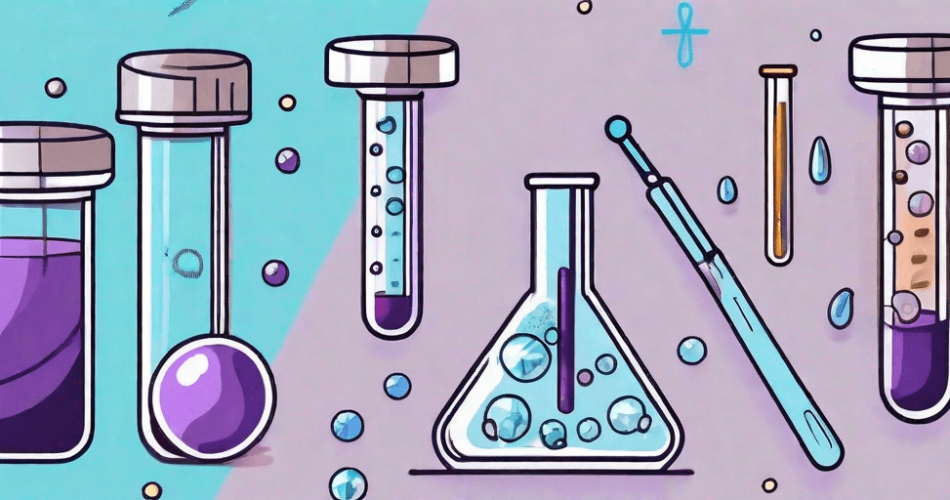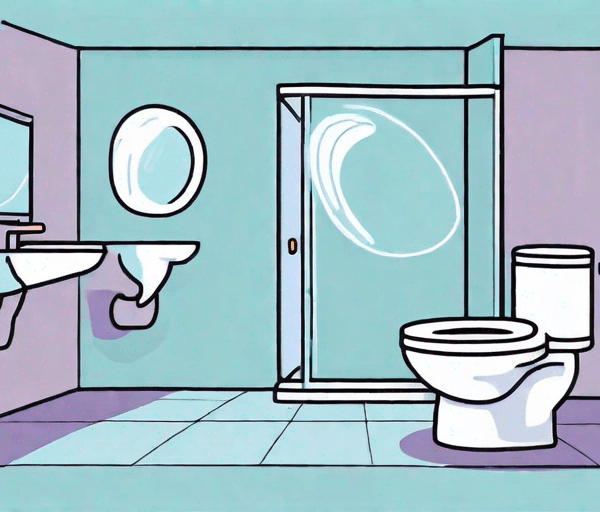Cystine crystals in urine can be a cause for concern in the urinary health. Understanding its underlying causes and management is important to proceed with early prevention steps and overall wellness.
Uncover the possible causes and potential risks involved in this guide. By the end, you will have a comprehensive understanding of cystine crystals formation and how to manage it effectively.
Understanding Cystine Crystals
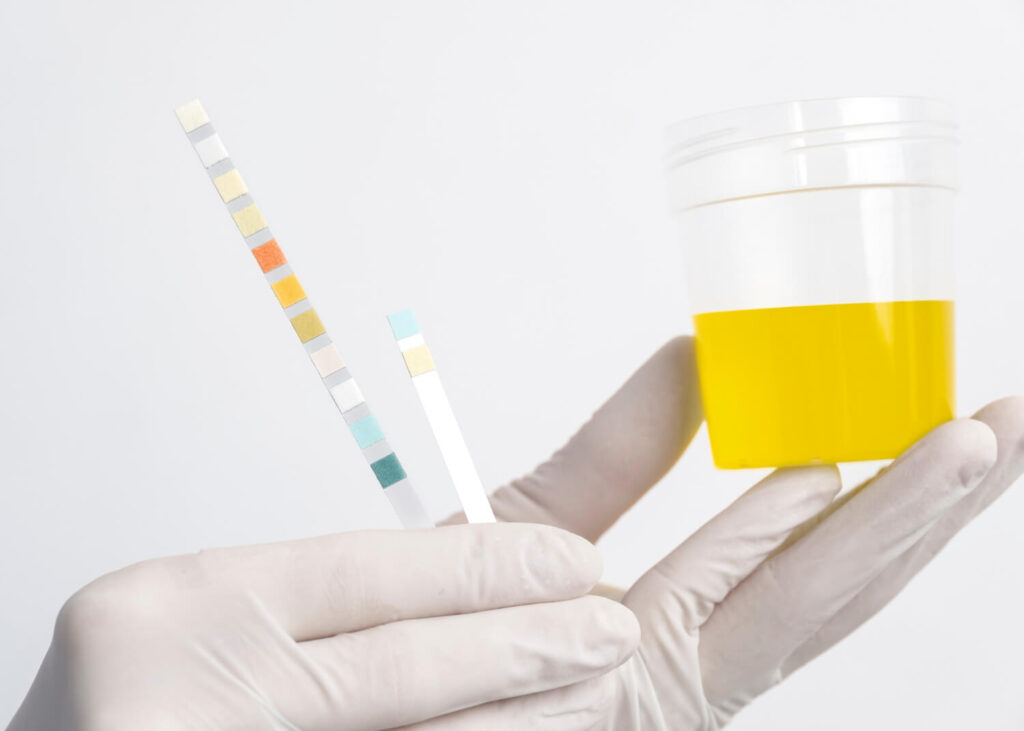
Cystine crystals are a type of crystal that can develop in the urine, leading to potential health issues. They are composed of cystine, which is an amino acid that plays a vital role in the body’s protein synthesis process. To fully comprehend their significance, it is necessary to gain an understanding of what cystine crystals are.
The Role of Cystine in the Body
The function of cystine is essential for maintaining the health and function of various bodily systems. It aids in the formation of proteins and is involved in the growth and repair of tissues. It also contributes to the strength and structure of hair, skin, and nails.
Here are some of the notable roles cystine do for overall wellness:
Eliminate toxins
In addition to its antioxidant properties, cystine plays a crucial role in the detoxification process. It helps the body eliminate toxins and heavy metals, promoting overall wellness and reducing the risk of toxicity-related conditions.
Strengthen immune system
Moreover, cystine is involved in the regulation of the immune system. It supports the production of antibodies, which are essential for fighting off infections and diseases. By maintaining a healthy level of cystine, the body can effectively defend itself against harmful pathogens.
The Formation of Cystine Crystals in Urine
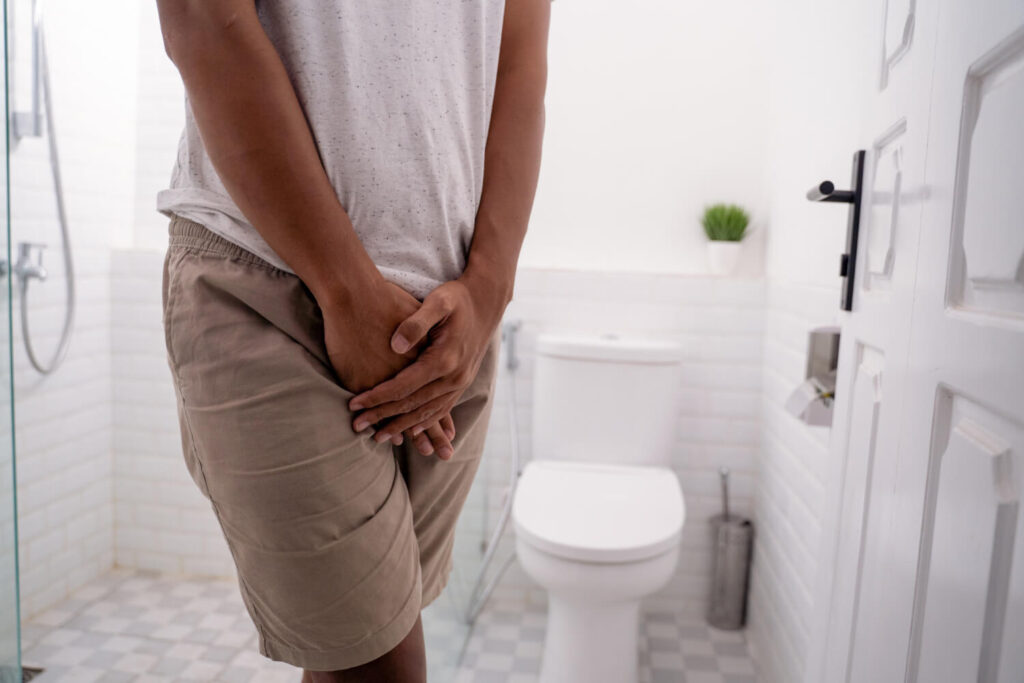
It is worth noting that cystine crystals can form when there is an excess of cystine in the urine. This can occur due to a genetic condition called cystinuria, which affects the reabsorption of cystine by the kidneys. When cystine levels in the urine become too high, crystals can precipitate out and potentially lead to the formation of kidney stones.
The formation of cystine crystals in urine is a complex biological process that can be influenced by various factors. Understanding how these crystals form is crucial in managing their presence effectively.
The Biological Process Behind Crystal Formation
Within the kidneys, cystine is reabsorbed from the urine into the bloodstream via specialized transporters. These transporters play a crucial role in maintaining the balance of cystine in the body. However, in individuals with a genetic predisposition, these transporters may not function optimally, leading to increased cystine levels in the urine.
Another factor that contributes to cystine crystal formation is urine volume. Insufficient fluid intake can lead to concentrated urine, increasing the likelihood of cystine precipitation. Adequate hydration, on the other hand, helps maintain a higher urine volume, reducing the concentration of cystine and minimizing crystal formation.
Factors Contributing to Cystine Crystal Formation

Aside from the natural crystallization of cystine, there are also contributing factors that everyone must know. These factors include genetics, dietary choices, and lifestyle.
Genetics: It plays a significant role in cystine crystal formation. Inherited conditions such as cystinuria can cause defects in the transporters responsible for cystine reabsorption. This genetic abnormality leads to increased cystine excretion and a higher risk of crystal formation.
Dietary choices: A factor that can also influence cystine crystal formation. Certain foods, such as red meat, poultry, and dairy products, are rich in cystine and can elevate its concentration in the urine. Additionally, a diet high in sodium and low in fluid intake can contribute to crystal formation by increasing urine concentration.
Lifestyle: Sedentary behavior and obesity, can also impact cystine crystal formation. Lack of physical activity and excess body weight can affect kidney function and urine composition. Thus, potentially increasing the risk of crystal formation.
It is important to note that cystine crystals can lead to the formation of kidney stones, which can cause severe pain and complications if left untreated. Therefore, individuals who are prone to cystine crystal formation should work closely with healthcare professionals to develop a comprehensive management plan and treatment.
Identifying Cystine Crystals in Urine
Understanding how this substance crystallizes is not enough for early prevention. Recognizing the symptoms and having diagnostic tests available are also crucial in early detection and effective management.
Symptoms and Signs
Symptoms of cystine crystal formation may vary depending on the severity of the condition. Common signs include cloudy or smelly urine, frequent urinary tract infections, and the presence of blood in the urine.
Cloudy urine is often an indicator of the presence of cystine crystals. The crystals can make the urine appear turbid and may give off a foul odor. This change in urine appearance can be alarming and should not be ignored.
Frequent urinary tract infections (UTIs) are another symptom commonly associated with cystine crystal formation. The crystals can create an environment that promotes bacterial growth, leading to recurrent UTIs. If you experience frequent UTIs, it is important to consult a healthcare professional for further evaluation.
Blood in the urine, also known as hematuria, is another potential sign of cystine crystal formation. The crystals can irritate the lining of the urinary tract, causing small blood vessels to rupture and result in blood in the urine. Hematuria should always be evaluated by a healthcare provider to determine the underlying cause.
Diagnostic Tests and Procedures
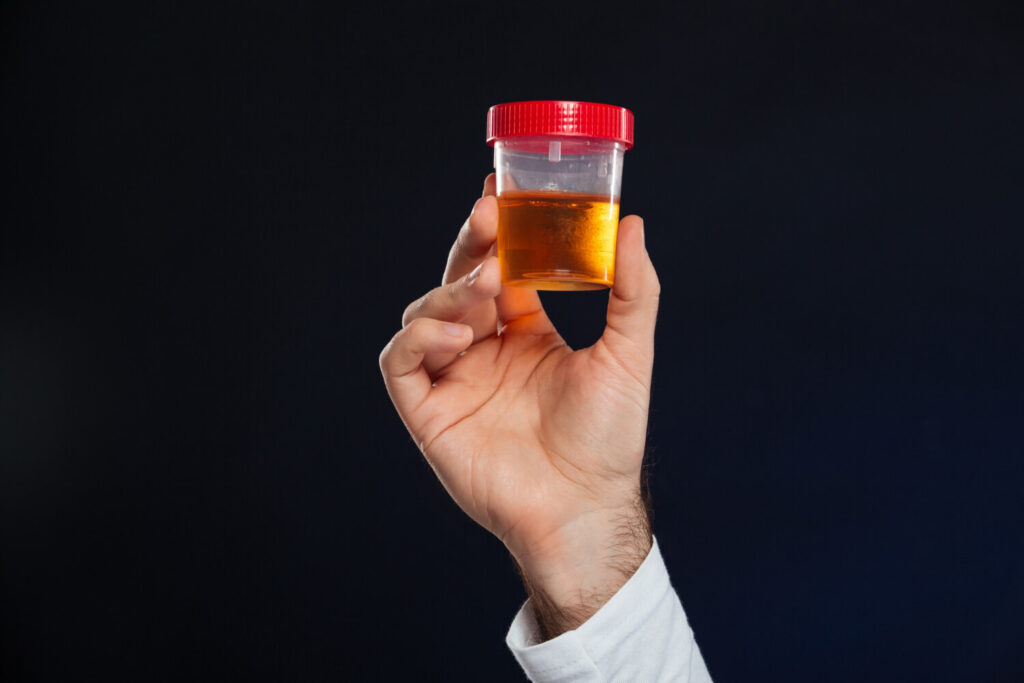
Several diagnostic tests can be performed to identify the presence of cystine crystals in urine. These tests are crucial for accurate diagnosis and appropriate management.
Urine microscopy is a common diagnostic test used to identify cystine crystals. A urine sample is examined under a microscope, allowing healthcare professionals to visualize the presence of these crystals. Microscopic examination can provide valuable information about the size, shape, and quantity of the crystals present.
Urinary pH measurement is another important diagnostic tool. Cystine crystals tend to form in an acidic environment. By measuring the pH of the urine, healthcare professionals can determine if the pH level is conducive to cystine crystal formation. This information helps guide treatment decisions and preventive measures.
Cystine stone analysis is a specialized test that involves analyzing a stone that has been passed in the urine or removed through a surgical procedure. The stone is sent to a laboratory for analysis, where it is examined to determine its composition. This analysis can confirm the presence of cystine crystals and provide additional information about the stone’s characteristics.
Early detection of cystine crystals in urine is crucial for effective management and prevention of complications. If you experience any symptoms or signs associated with cystine crystal formation, it is important to seek medical attention promptly. A healthcare professional can perform the necessary diagnostic tests and develop an appropriate treatment plan tailored to your specific needs.
Management and Treatment of Cystine Crystals

Effective management and treatment of cystine crystals in urine are crucial in preventing further complications and maintaining overall urinary health.
Lifestyle Modifications
Adopting a healthier lifestyle can significantly reduce the risk of cystine crystal formation. This includes drinking an adequate amount of water to maintain hydration, following a balanced diet low in cystine-rich foods, and avoiding excessive sweating.
Medication and Therapies
In some cases, medication may be prescribed to help prevent cystine crystal formation. Medications that can help increase cystine solubility or reduce its production may be recommended. Additionally, certain therapies, such as urine alkalinization, may also be used to manage cystine crystals effectively.
Regular Monitoring
Regular check-ups and monitoring of urinary health are essential in managing cystine crystals. This allows healthcare professionals to monitor cystine levels, identify any potential complications, and adjust treatment plans accordingly.
Health Implications of Cystine Crystals

Cystine crystal formation in urine can have various health implications, both in the short and long term. Recognizing and managing these implications is important for overall well-being.
Potential Complications
If left untreated, cystine crystals can lead to the formation of kidney stones, which can cause severe pain and potential blockages in the urinary tract. Additionally, recurrent urinary tract infections may occur, leading to further complications.
Long-term Health Effects
Long-term exposure to cystine crystals in urine can have detrimental effects on kidney function and overall urinary tract health. It is important to manage these crystals effectively to prevent further damage and complications.
Conclusion
Cystine crystals in urine can be a cause for concern, but with proper understanding and management, their impact can be minimized. By recognizing every aspect about cystine, the patient can prevent crystal formation, or even worse conditions.
If your symptoms are equivalent to the symptoms discussed, seeking guidance from a specialty doctor is the way to go. Track your urinary health by implementing early prevention steps provided by the doctor.
